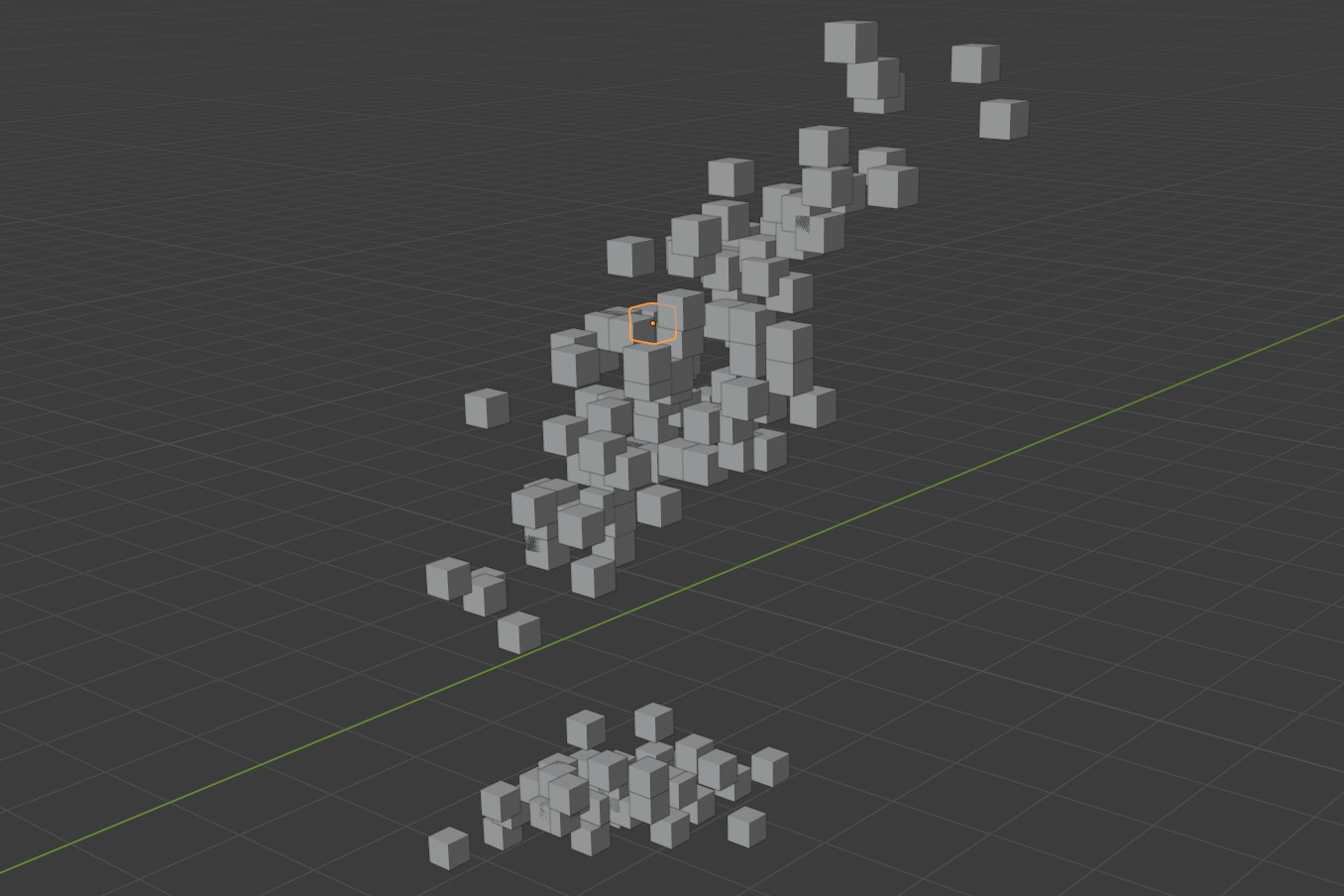The goal of mvdf is to provide a standardized approach to using R as a frontend for the Blender 3D rendering program.
Please note that this package is in early development; breaking changes can and will happen as better approaches become evident.
The mvdf package proposes a standard approach to using R as a frontend
interface for the Blender 3D rendering program. By breaking the
development of rendering into three distinct steps – importing data
from disparate sources into a standardized format, manipulating that
format through a standard set of tools, and creating 3D renderings from
standardized formats via exporter functions – mvdf forms the
cornerstone of an easily-extensible framework for producing data-driven
3D renders.
The approach centers around creating special objects from our data that
we can then create renderings. The simplest of these objects is an
mvdf_obj, which just needs an x, y, and z position:
library(mvdf)
iris_mvdf <- mvdf_obj(
data = iris,
x = Sepal.Length,
y = Sepal.Width,
z = Petal.Length
)With our object successfully created, we can then chain together a few functions to make a Python script that will render our data when run inside Blender:
library(magrittr) # For the %>% pipe
render_script <-
# Delete placeholder objects and import standard Python modules
create_blender_frontmatter() %>%
# Add cubes at each point in space in our mvdf
add_mesh_primitive(object = iris_mvdf,
primitive = "cube",
size = 0.2) %>%
# Save the output to save_render.blend
add_blender_endmatter(filepath = "save_render.blend") And we can then execute that script from R using execute_render:
execute_render(render_script)This script will produce a Blender file (“save_render.blend”) with cubes at each point in space specified in our mvdf, with the end result looking something like this:
knitr::include_graphics("vignettes/iris_cubes.jpg")For more information, check out the introductory vignette!
You can install the development version of mvdf from GitHub via:
remotes::install_github("mikemahoney218/mvdf")You’ll also need to install Blender separately. mvdf is tested against the current release of Blender and is not guaranteed to work with older versions; in particular, some basic operations may fail with Blender < 2.80.



